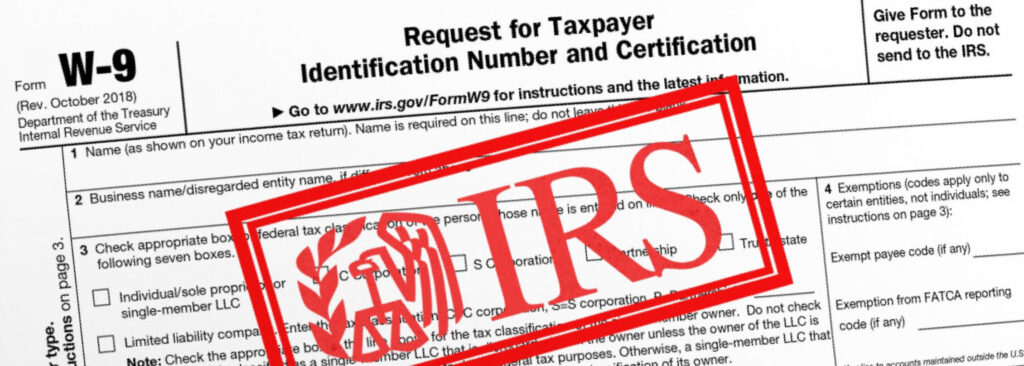Introduction
Saving for retirement is a crucial aspect of financial planning, and employer-sponsored retirement plans play a significant role in helping individuals build a secure financial future. Two common types of retirement plans in the United States are the 457 and 401(k) plans. In this blog post, we’ll explore the pro and con between these retirement savings options.
Advantages
You are deferring taxes and allowing potential financial gain accessible when you may be in a lower tax bracket. This allows more capital for the household to grow. You get to decide where the money is invested with typically standard brokerage options. You have very few opportunities to do this and 457(b) / 401K is such an account. These accounts also tend to be a bit more protected as compared to a standard taxable account in terms of a possible disaster situation (going bankrupt, etc…). It is also a consistent way to invest and has a tendency to keep money “out of sight / out of mind.” In this way, it can help some save better than an alternative. You would pay taxes on funds when you take the money out in any case as pre-tax funds go into your account tax-free at the time of contribution.
Disadvantages
The funds are generally reserved for after 59.5, or, you may take pre-tax contributions subject to generally a CA + Fed penalty 12.5% and pay CA + Fed tax at your marginal tax bracket (getting to 50% pretty quick + / -). It is possible to lose money with investments. But it is important to understand that such an account you may choose the options where to put your money. If you need to accumulate / use assets for other reasons such as near-term property purchase, *education, family expenses, child care, etc… then it may make sense to not use such an account. Or you may use the account to a lesser degree. You would pay taxes on funds when you take the money out in any case as pre-tax funds go into your account tax-free at the time of contribution.
*529 Plans are excellent education savings vehicles, but do not provide anything as far as a direct tax deduction or tax credit for you. This allows tax free growth assuming the funds are used for qualified education purposes. There are also some new provisions which can allow for a limited amount to be used in other ways if very specific guidelines are followed. You can read about the 529 Plans here https://www.gillinghamcpa.com/529-plan/
Conclusion
In conclusion, understanding the advantages and disadvantages retirement plans is essential for making informed financial decisions. Whether you are a public sector employee eligible for a 457 plan or a private sector worker with access to a 401(k) plan, taking advantage of these employer-sponsored retirement options is a crucial step toward building a secure financial future. Consult with a financial advisor to determine the best strategy for your individual circumstances and retirement goals.



